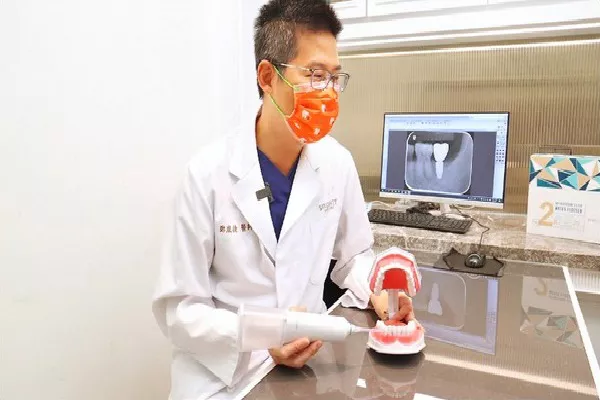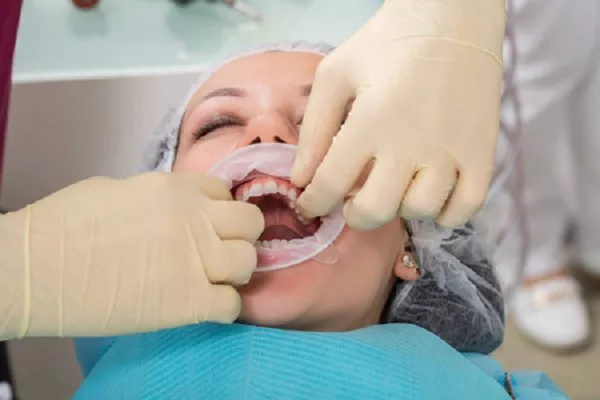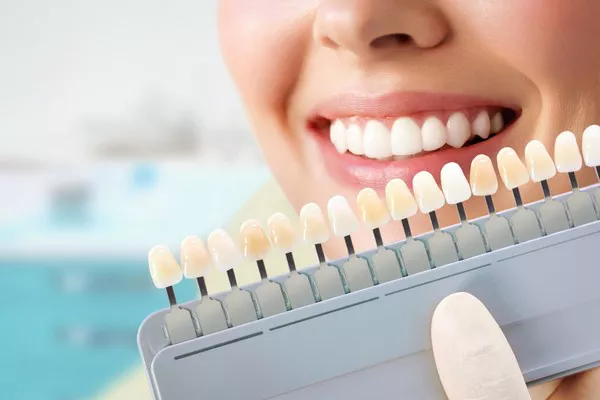Dental fillings are a common dental procedure used to treat cavities and restore the health and functionality of a tooth. However, it’s not uncommon for patients to experience discomfort or pain after having a filling. This often leads to the question, “My tooth hurts after a filling. Is it normal?” In this article, we’ll explore the reasons behind post-filling discomfort, differentiate between normal and concerning pain, discuss potential causes of discomfort, and provide guidance on when to seek professional dental care.
Understanding Dental Fillings
Dental fillings are used to repair teeth that have been damaged by decay or cavities. The procedure involves removing the decayed portion of the tooth, cleaning the area, and filling it with a restorative material. This helps prevent further decay and restores the tooth’s structure and function.
Post-Filling Discomfort: Is It Normal?
Experiencing some level of discomfort or sensitivity after a dental filling is relatively common. However, it’s essential to distinguish between normal post-filling discomfort and signs of potential complications. Normal discomfort is typically mild and temporary, while more severe or prolonged pain could indicate an issue that requires attention.
Causes of Post-Filling Discomfort
Several factors can contribute to discomfort or pain after a dental filling:
1. Nerve Sensitivity: The removal of decay and the placement of a filling can cause temporary irritation to the tooth’s nerve, leading to sensitivity or discomfort.
2. Bite Adjustment: Sometimes, the filling may alter your bite slightly. If your teeth do not come together properly, it can cause discomfort when biting or chewing.
3. Temperature Sensitivity: The affected tooth might be sensitive to hot or cold temperatures for a short period after the filling is placed.
4. Tissue Inflammation: The surrounding gum tissue might become slightly inflamed due to the dental procedure, causing discomfort.
5. Composite Fillings: Tooth-colored composite fillings require the use of a special curing light. The heat from the light can cause temporary sensitivity in some cases.
6. Anesthesia Wearing Off: As the local anesthesia wears off, you might experience some soreness or discomfort.
7. Underlying Issues: If the decay was close to the nerve or if there were pre-existing issues with the tooth, you might experience more intense discomfort.
8. Filling Material: Different filling materials have varying properties. Some materials may cause more sensitivity initially.
Managing Normal Discomfort
If you experience normal post-filling discomfort, there are steps you can take to manage it:
1. Over-the-Counter Pain Relievers: Non-prescription pain relievers like ibuprofen or acetaminophen can help alleviate mild discomfort.
2. Avoid Extreme Temperatures: Consume foods and beverages that are not too hot or too cold, as extreme temperatures can exacerbate sensitivity.
3. Soft Diet: Stick to softer foods that require less chewing to reduce pressure on the affected tooth.
4. Proper Oral Hygiene: Maintain good oral hygiene to prevent further irritation or complications.
When to Seek Professional Care
While some discomfort is normal, there are situations where it’s important to seek professional dental care:
1. Severe or Prolonged Pain: If the pain is severe, sharp, or persists for more than a few days, it could indicate an issue that requires attention.
2. Bite Issues: If your bite feels significantly off or you’re experiencing pain when biting or chewing, it’s important to address it.
3. Temperature Sensitivity: If sensitivity to hot or cold temperatures persists or worsens, consult your dentist.
4. Swelling or Infection: If you notice swelling, redness, or signs of infection near the filled tooth, seek immediate dental care.
5. Pain Radiating: If the pain radiates to other areas of your face, jaw, or neck, it could be a sign of a more significant problem.
Conclusion
Experiencing some level of discomfort after a dental filling is not uncommon and is often a temporary response to the procedure. However, it’s crucial to differentiate between normal post-filling discomfort and potentially concerning pain. If you’re unsure or if your discomfort is severe or persistent, don’t hesitate to contact your dentist. Regular follow-up appointments with your dentist are also important to ensure that the filling is functioning as intended and to address any concerns promptly. Remember that your dentist is your partner in maintaining your oral health, and open communication is key to a successful and comfortable dental experience.
Related Topics:





























